
Discover more at Tŷ Mawr Wybrnant
Find out when Tŷ Mawr Wybrnant is open, how to get here, the things to see and do and more.
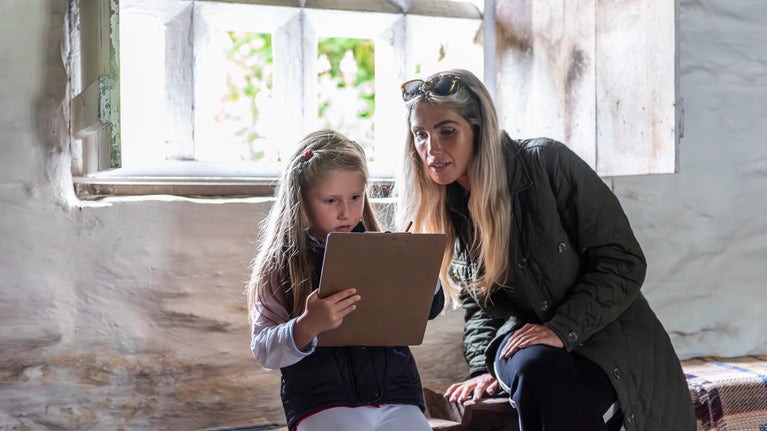
Tŷ Mawr Wybrnant is closed for the season and will re-open in Easter 2025. The small Tudor garden and grounds are open all year round.
Tŷ Mawr Wybrnant will be open on the following days:
| Day | Date | Time |
| Sunday | First Sunday of every month from May until September. | 10am until 4pm |
Please note that additional regular opening days from Easter until September 2025 will be confirmed here and added to our webpage.
Note: Toilets on site are only open when farmhouse is open.
To reach Tŷ Mawr head to Penmachno and follow brown signs from there, do not follow sat nav or come via A470.

Come and take a look around this small but culturally significant 16th-century farmhouse which was the birthplace of Bishop William Morgan, whose 10-year endeavour to translate the Bible into Welsh helped ensure the survival of the language.
A member of staff will be at hand to tell you all about its history and to answer any questions you may have.
See opening times for 2025 in the table above.
The exhibition room will re-open slightly later than usual in 2025 due to exciting renovation work being done as part of the site improvement project which is taking place. The exhibition room will re-open in June.
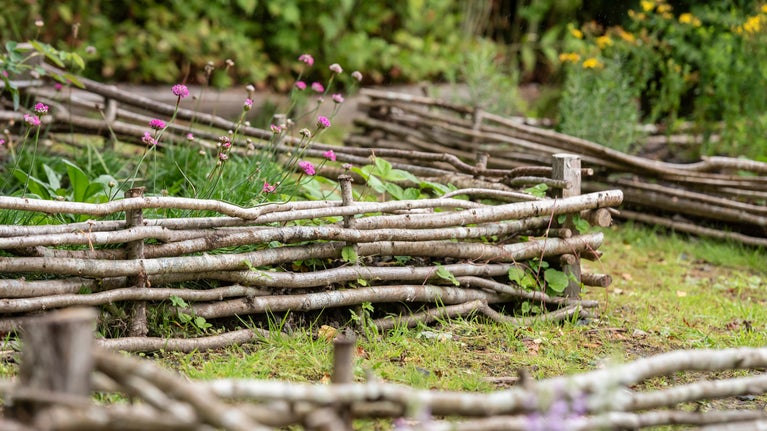
The small Tudor garden at Tŷ Mawr, which is in the process of being renovated, has been designed to give maximum year-round sensory appeal whilst also featuring plants referenced in Shakespeare’s writings and The Bible - which forms an additional connection with the history of Tŷ Mawr and its occupants. Efforts are being made to grow unusual as well as more familiar plants to pique the interest of visitors, with sustainability and environmental principles at the heart of the project.
Click here for more information about the garden.
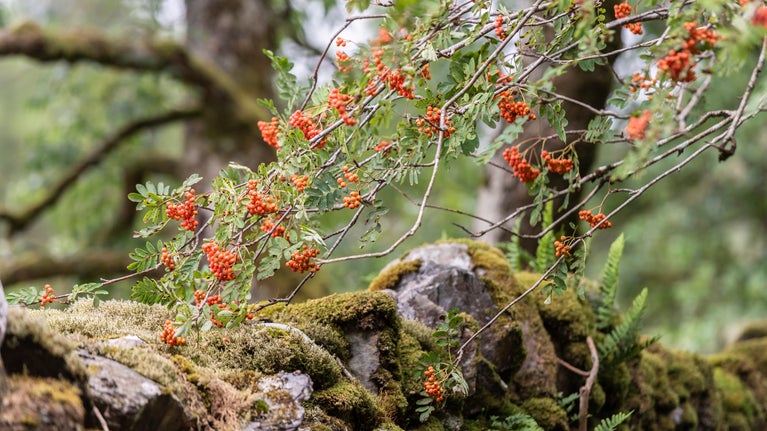
This walk takes you through the natural and social history of this Welsh upland valley. At its centre is Tŷ Mawr Wybrnant, the birthplace of Bishop William Morgan, who translated the Bible into Welsh. You'll walk through traditional upland farmland, along forest roads and an old drovers' road.
Click on the link for more information: Tŷ Mawr Wybrnant and Cwm Wybrnant walk
A 5-mile walk through the history of upland Wales, taking in rivers, open farmland and the remains of ancient woodland. You'll see fine views towards Snowdon and Moel Siabod along the way, as well as a huge range of plants and wildlife.
Click on the link for more information: Ty'n y Coed Uchaf and Cwm Eidda walk

We have another exciting programme this year which explores various different themes - from folklore to music and from history to an interactive walk.
The open days are held on the first Sunday of every month from May until September. The farmhouse will be open from 10am until 4pm on the open days.
Click on the link for more information: Open Days | Tŷ Mawr | Conwy | National Trust

Find out when Tŷ Mawr Wybrnant is open, how to get here, the things to see and do and more.

Explore the birthplace of Bishop William Morgan the translator of the Bible into Welsh. Tŷ Mawr Wybrnant sits in a quiet hidden valley on the edge of Penmachno near Betws y Coed.
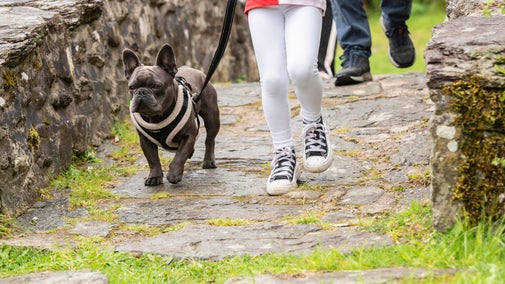
Learn about an important chapter in the history of the Welsh language whilst exploring the grounds of Tŷ Mawr Wybrnant and wider Cwm Wybrnant valley with your dog.
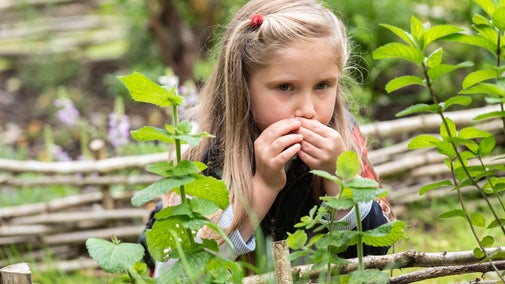
Explore the Tudor garden, with many different plants providing the house with food, medicine and air fresheners.